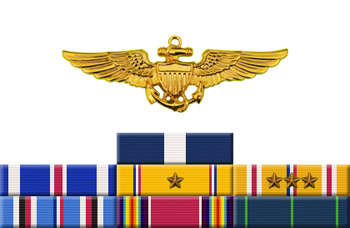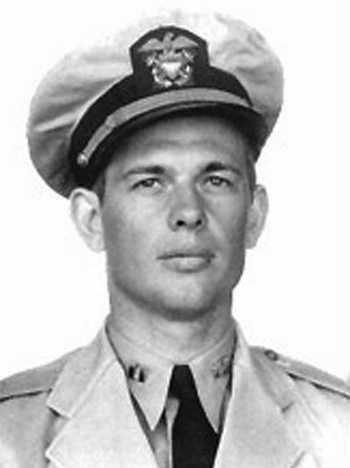
|
Richard H. Best |
 |
|||
| Rank, Service | ||||
Lieutenant Commander O-4, U.S. Navy |
||||
| Veteran of: | ||||
|
||||
| Tribute: | ||||
Richard Best was born on March 24, 1910, in Bayonne, New Jersey. He entered the U.S. Naval Academy on July 9, 1928, and graduated with a commission as an Ensign on June 2, 1932. His first assignment was aboard the light cruiser USS Richmond (CL-9) from June 1932 to June 1934, followed by flight training at NAS Pensacola, Florida, where he was designated a Naval Aviator in December 1935. LTJG Best next served with VF-2B aboard the aircraft carrier USS Lexington (CV-2) from December 1935 to June 1938, followed by service as a flight instructor at NAS Pensacola from June 1938 to May 1940. His next assignment was with VB-6 aboard the aircraft carrier USS Enterprise (CV-6) from June 1940 to June 1942, during which time he participated in the February 1942 battle off Kwajalein, the attack of Wake Island, the Doolittle Raid, and the Battle of Midway. During the Battle of Midway on June 4, 1942, LT Best sank the Japanese aircraft carrier Akagi, and later aided in sinking the Japanese aircraft carrier Hiryu. He was hospitalized later than month and was medically retired from the Navy in 1944. After his retirement, he worked for Douglas Aircraft Corporation until December 1948, when he went to work for the Rand Corporation, retiring in March 1975. Richard Best died on October 28, 2001, and was buried at Arlington National Cemetery. |
||||
|
||||

